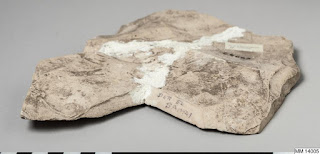ROMAN PERIOD
Roeder, G., Die Denkmäler des Pelizaeus-Museums zu Hildesheim, Hildesheim 1921, S. 104.
Götter und Pharaonen, Hildesheim 1979, Kat.-Nr. 198.
Eggebrecht, A. (Hrsg.), Pelizaeus-Museum Hildesheim : Die ägyptische Sammlung, Hildesheim - Mainz 1993, Abb. 111.
Eggebrecht, A. (Hrsg.), Ägypten : Geheimnis der Grabkammern; Suche nach Unsterblichkeit, Hildesheim - Hamm - Mainz 1993, Kat.-Nr. T 45.
Inventory number 1581
PELIZAEUS-MUSEUM
globalegyptianmuseum



































